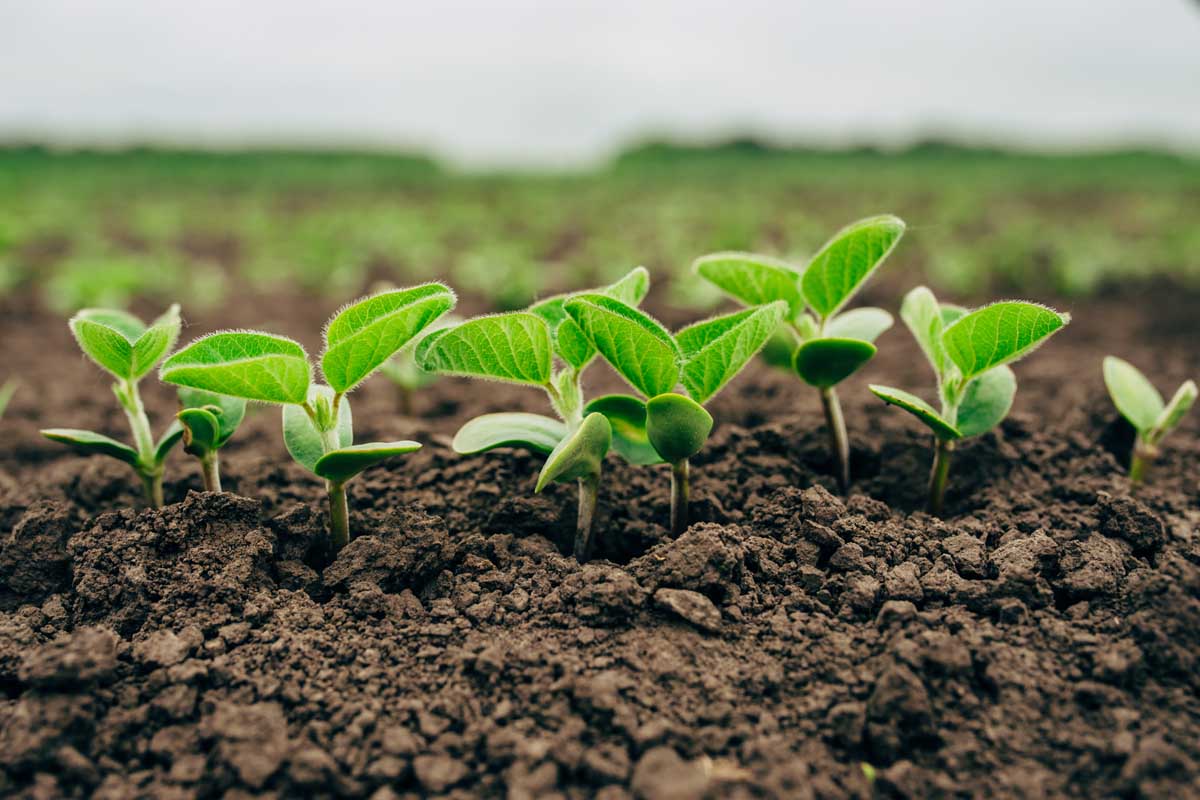Have you wondered why some plants thrive while others struggle? The secret lies in the soil. Knowing which nutrients to supply can transform your garden into a flourishing oasis. For athletes and fitness enthusiasts, this knowledge is akin to understanding the importance of balanced nutrition for peak physical performance. This blog post will explore the essential nutrients needed for healthy plant growth, their benefits, and practical tips to ensure your garden remains lush and productive.
Understanding Plant Nutrients
Plants, much like humans, require a variety of nutrients to grow and stay healthy. These nutrients can be categorized into macronutrients and micronutrients.
Macronutrients
Macronutrients are the primary nutrients plants need in large quantities. They include nitrogen (N), phosphorus (P), and potassium (K). Each plays a crucial role in supporting different aspects of plant health.
Nitrogen
Nitrogen is vital for leafy growth. It helps in the formation of proteins and chlorophyll, which are essential for photosynthesis. Without adequate nitrogen, plants may exhibit stunted growth and yellowing leaves.
Phosphorus
Phosphorus supports root development and flowering. It’s essential for the formation of DNA, RNA, and ATP, the energy currency of plants. A deficiency in phosphorus can lead to poor root growth and delayed flowering.
Potassium
Potassium regulates various physiological processes, including water uptake and enzyme activation. It strengthens plants’ resistance to diseases and harsh weather. Symptoms of potassium deficiency include brown leaf edges and weak stems.
Micronutrients
Micronutrients are needed in smaller amounts but are no less important. These include iron (Fe), manganese (Mn), zinc (Zn), copper (Cu), molybdenum (Mo), boron (B), and chlorine (Cl).
Iron
Iron is crucial for chlorophyll synthesis and overall plant health. Iron deficiency often results in chlorosis, characterized by yellowing leaves with green veins.
Manganese
Manganese aids in photosynthesis and nitrogen assimilation. Manganese deficiency can cause interveinal chlorosis, leading to poor plant growth.
Zinc
Zinc is essential for hormone production and internode elongation. A lack of zinc can stunt growth and reduce leaf size.
The Role of Soil in Nutrient Availability
The type and quality of soil significantly affect nutrient availability. Well-draining, nutrient-rich topsoil, such as topsoil in your Syracuse property, provides an ideal environment for plant roots to access essential nutrients. Poor soil conditions can impede nutrient uptake, leading to deficiencies.
Organic vs. Synthetic Fertilizers
When it comes to fertilizing your garden, you have two primary options: organic and synthetic fertilizers.
Organic Fertilizers
Organic fertilizers are derived from natural sources like compost, manure, and bone meal. They improve soil structure and promote microbial activity, resulting in long-term soil health.
Synthetic Fertilizers
Synthetic fertilizers are manufactured and contain specific nutrient ratios. They provide immediate nutrient availability but can lead to soil degradation over time if not used judiciously.
How to Apply Fertilizers Effectively
Knowing how to apply fertilizers correctly ensures that plants get the nutrients they need without wastage or harm.
Soil Testing
Before applying any fertilizer, conduct a soil test to determine nutrient levels and pH balance. This helps in choosing the right type and amount of fertilizer.
Timing
Apply fertilizers at the right time for maximum absorption. For instance, nitrogen fertilizers are best applied in the early growing season when plants are developing foliage.
Method
Use the appropriate method of application, such as broadcasting, side-dressing, or foliar feeding, based on the type of fertilizer and plant needs.
Common Nutrient Deficiencies and Their Solutions
Identifying and addressing nutrient deficiencies promptly can save your plants from severe damage.
Nitrogen Deficiency
Yellowing leaves and slow growth are signs of nitrogen deficiency. Apply a nitrogen-rich fertilizer like blood meal or fish emulsion to correct this.
Phosphorus Deficiency
Purple or dark green leaves indicate phosphorus deficiency. Bone meal or rock phosphate are excellent remedies.
Potassium Deficiency
Brown leaf edges and weak stems suggest potassium deficiency. Use potassium sulfate or kelp meal to fix this issue.
The Importance of pH Balance
The soil pH affects nutrient availability. Most plants prefer a slightly acidic to neutral pH (6.0-7.0). Test your soil’s pH and adjust it using lime (to raise pH) or sulfur (to lower pH) as needed.
Watering and Nutrient Uptake
Adequate watering is crucial for nutrient uptake. Overwatering or underwatering can lead to nutrient leaching or poor absorption. Aim for consistent, deep watering to keep the soil moist but not waterlogged.
The Benefits of Crop Rotation
Crop rotation helps maintain soil fertility and prevent nutrient depletion. Rotate crops from different families each season to balance nutrient use and reduce pest and disease buildup.
Companion Planting for Nutrient Sharing
Certain plants, when grown together, can enhance each other’s growth by improving nutrient availability. For example, legumes fix nitrogen in the soil, benefiting neighboring plants like tomatoes and peppers.
Understanding and providing essential nutrients to your plants is key to a thriving garden. By focusing on the right balance of macronutrients and micronutrients, using quality topsoil Syracuse, and applying fertilizers effectively, you can ensure your plants grow strong and healthy. Remember, a well-nourished garden is a joy for any athlete or fitness enthusiast who values the importance of nutrition, whether for themselves or their plants.
For more gardening tips and personalized advice, consider joining our gardening community. Happy planting!








